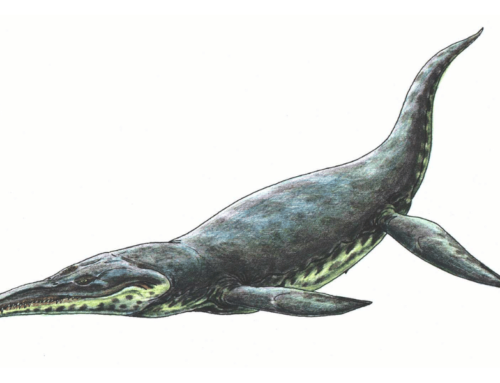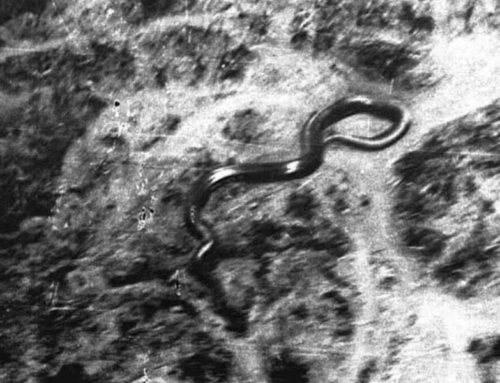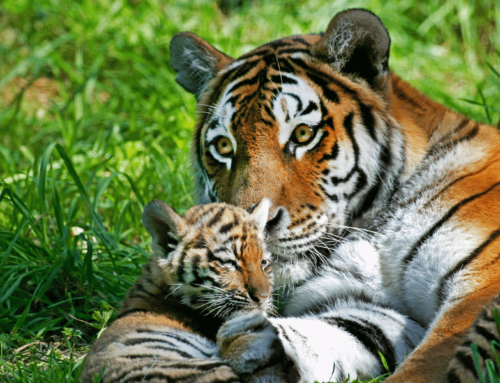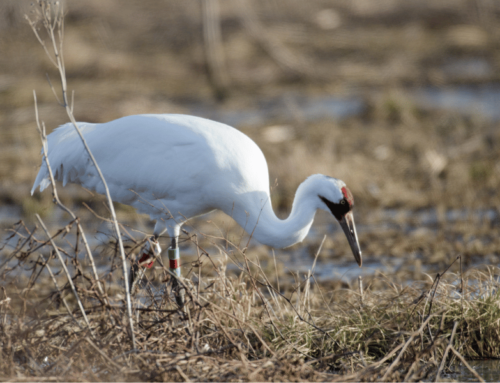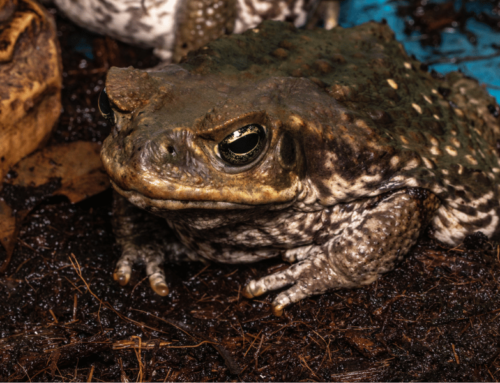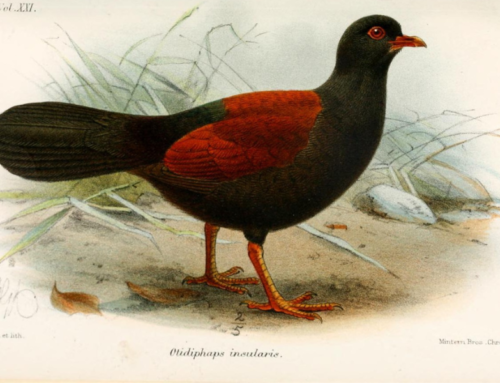
The California Condor is one of the most iconic birds in the world. It’s the largest vulture in North America and one of the biggest New-World land birds.
Like many of our most iconic birds, it faced the threat of extinction in the 20th century. However, due to conservation efforts, the California condor is on track to having a much brighter future.
This blog covers the conservation efforts made for the California condor.
The Conservation Efforts for the California Condor
Appearance:
The California condor is a large bird and easily recognizable as a type of vulture. Its head has little to no feathering, allowing it to eat carcasses without getting its feathers dirty. Their hooked bills allow them to easily tear into flesh. With the exception of some white on the ventral surface of their wings, their feathers are black.

California condor with its featherless head and neck
The Decline:
How the California condor declined is similar to what happened to so many other North American birds that are now endangered. First, their habitat declined as development into the western United States picked up in the 20th century. The widespread use of DDT and lead also contributed to their decline. In 1987, all wild condors were captured to attempt to save the species with breeding programs.
When all the condors were taken into captivity, they numbered only 22 individuals.
Conservation Efforts:
Conserving the California condor proved to be a difficult task. These birds have low clutch numbers and they reach sexual maturity later than most birds.
Despite these challenges, the conservation efforts for the California condor have seen success. Where their numbers once dropped to less than two dozen individuals, they now number over 275 in the wild. In 2015, a strong indicator of wild population recovery occurred, when a greater number of condors were born, than died.
Conclusion:
The California Condor is still critically endangered. It has a long way to go before we can truly say that the bird has recovered ecologically. However, there are good reasons to believe that this species is on the way to returning to its former glory.
But it has only come this far due to all of the hard work that conservationists have made. If we support their work, then maybe the condor will have a healthy, sustainable population again.
